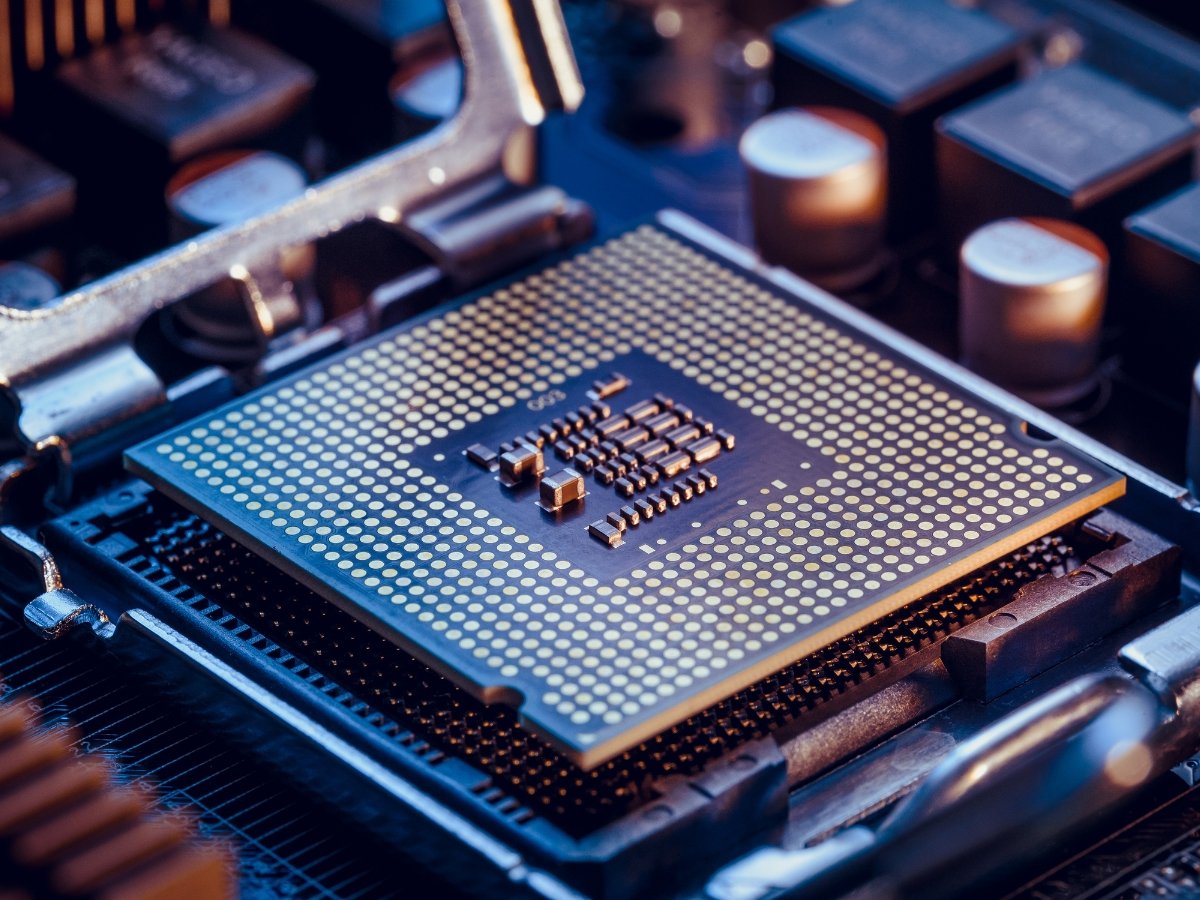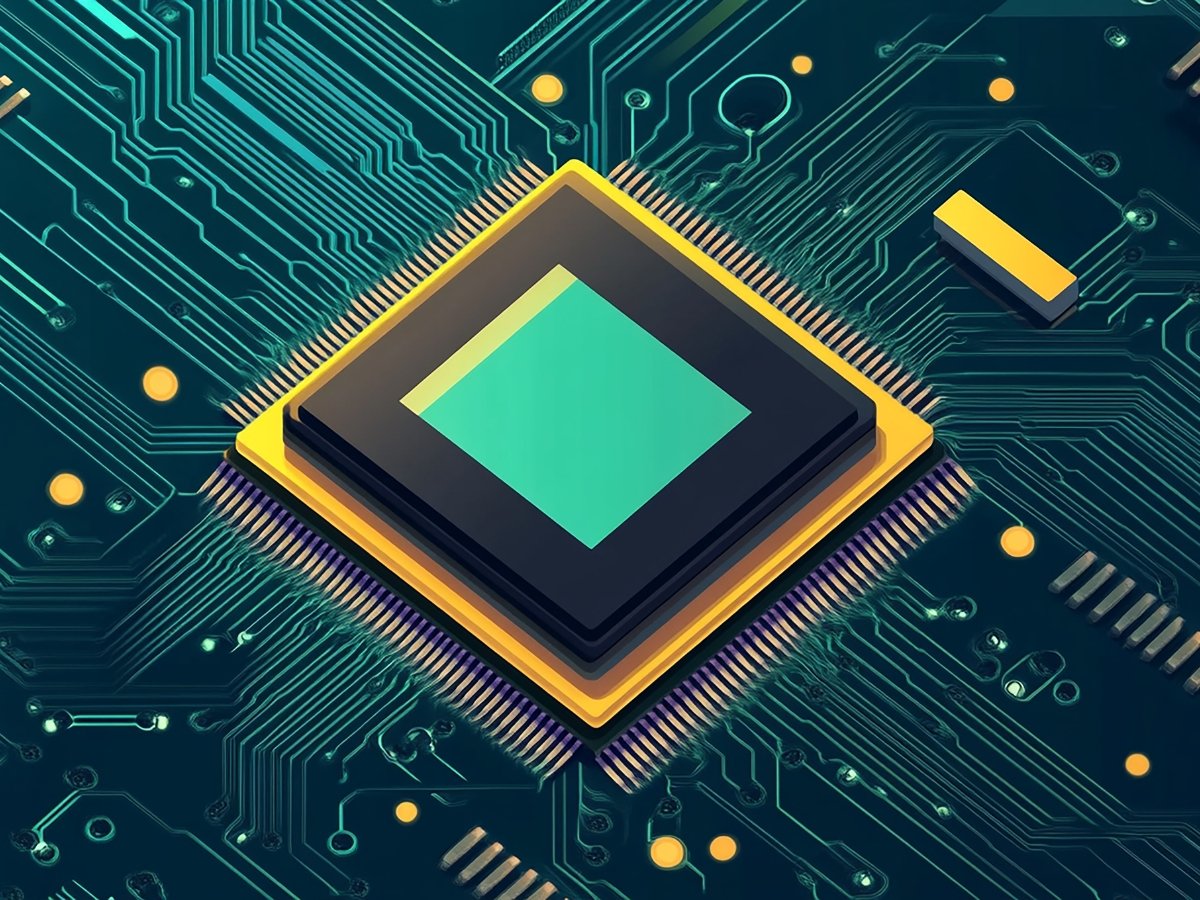- Increased PLI for Local Value Addition: The IESA proposes increasing the PLI incentives for electronics manufacturing to 25% in 2025-26 and 30% by 2027. This move aims to boost local value addition, targeting growth in the mobile phone segment. According to Ashok Chandak, the current local value addition in India’s electronics industry stands at just 18% and the goal is to raise this to 40% by 2027. Chandak emphasized the need for India to enhance domestic manufacturing and reduce reliance on imports, which will not only create job opportunities but also retain significant economic value within India. The IESA is calling for a $5 billion allocation for electronics components and semiconductor firms, particularly those with Indian corporate ownership, to promote indigenous manufacturing and innovation.
- Export Incentives to Boost India’s Semiconductor Industry: In addition to domestic growth, IESA also advocates for export incentives to make India a global exporter of electronics and semiconductors. By introducing a 2% additional tax incentive for the export of semiconductor products that meet local value addition norms, India can position itself as a key player in the global semiconductor market.
- The Role of Research and Development: India’s electronics and semiconductor industries are growing at an impressive pace. However, Chandak points out that to maintain sustainable growth, India must also invest in research and development for product creation and intellectual property rights. He suggests that public-private partnerships should be established to foster innovation and build globally competitive products.
- The Need for Additional Investment: In a bid to further strengthen India’s semiconductor sector, IESA is urging the government to double the allocation for the PLI scheme, currently set at ₹76,000 crore (approximately $10 billion), to $20 billion over the next five years. With the Semicon India Program already delivering substantial outcomes in terms of job creation, foreign investment and industrial self-reliance, Chandak believes that an expanded PLI corpus will ensure that India continues to grow as a global leader in semiconductor manufacturing.
How MOSart Labs Prepares You for the Booming Semiconductor Industry
As the semiconductor industry in India continues to expand, the need for skilled professionals in fields like VLSI design, chip design and semiconductor technology is skyrocketing. MOSart Labs, in partnership with IIT Bhubaneswar, offers an IIT-certified VLSI program designed to equip electronics engineers with the skills and certifications necessary to excel in this rapidly growing sector.
MOSart Labs provides hands-on training in VLSI design courses, semiconductor technology and chip design, along with 100% placement support to ensure that graduates are prepared to step into high-paying jobs with leading semiconductor companies like Intel, Qualcomm and AMD.
With IIT certification, real-world projects and industry-aligned curriculum, MOSart Labs ensures that students are ready for the high-demand VLSI jobs created by India’s growing semiconductor industry. Apply now and take the first step toward a successful career in semiconductors!



